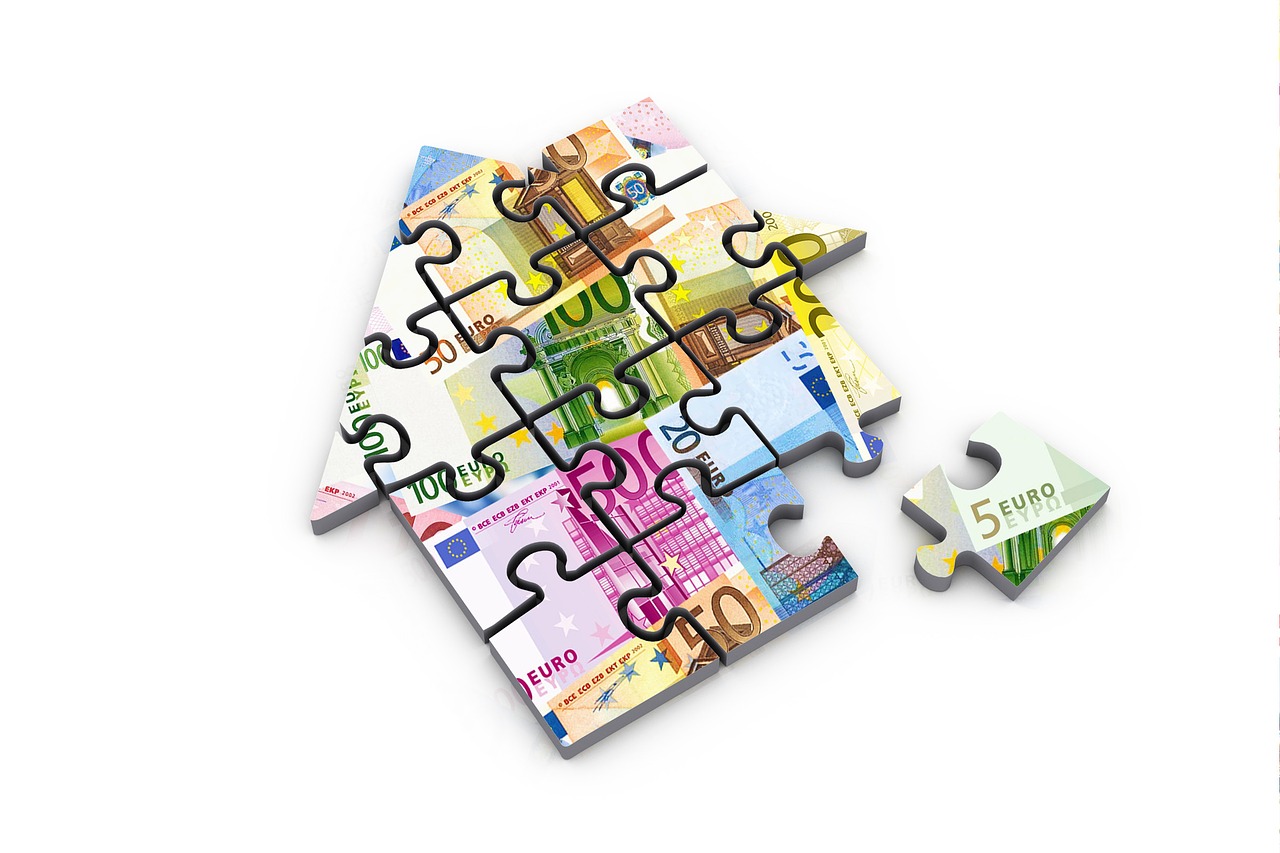When many lectures and meetings become digital, many use the same set-up as for physical meetings, even though completely different mechanisms apply online. Structure, pace and an active moderator are the essence of making a good digital meeting. Imagine a lecture or workshop where almost all the participants show up at the last second, but they sit behind a black curtain, so you have no idea who is there or how they perceive what is being said. In addition, not a peep is heard from the participants during the entire meeting. It’s like one big void.
Expert in digitization, frequently hired lecturer and appointed moderator has changed her business from speaking at physical conferences to helping companies with digital lectures, meeting design and creating meaningful meetings. This is still how it looks at many digital lectures today – even though distance work has become commonplace with the corona pandemic. And the lack of a sense of presence contributes to the fact that many digital meetings are experienced as energy less and draining. But that can be changed.
Greater differences in quality between digital meetings
After over a year with digital forms of meeting as the only option, she sees major changes in how digital meetings are conducted. Many do it really well. What we’re seeing now is more people have understood that digital meetings can be very good, but there’s also an uneven level between those who spend a lot of time designing really good meetings with experience design and others who think that just using the digital meeting tools is enough for it to be good.
A good basic tip to increase the sense of presence for everyone participating in the meeting is for the participants to turn on their cameras. The possibility of seeing each other’s faces gives a completely different sense of presence. This means that the person speaking and holding the meeting has the opportunity to interpret the body language of the participants, and that the person participating needs to show their presence in the room.
It is about the kind of small talk that takes place in the changing room or in the corridor during physical meetings and events, and which you as a meeting organizer can plan for by opening the digital meeting room earlier and being there yourself a little earlier. It helps build presence and trust with the group before the meeting.




